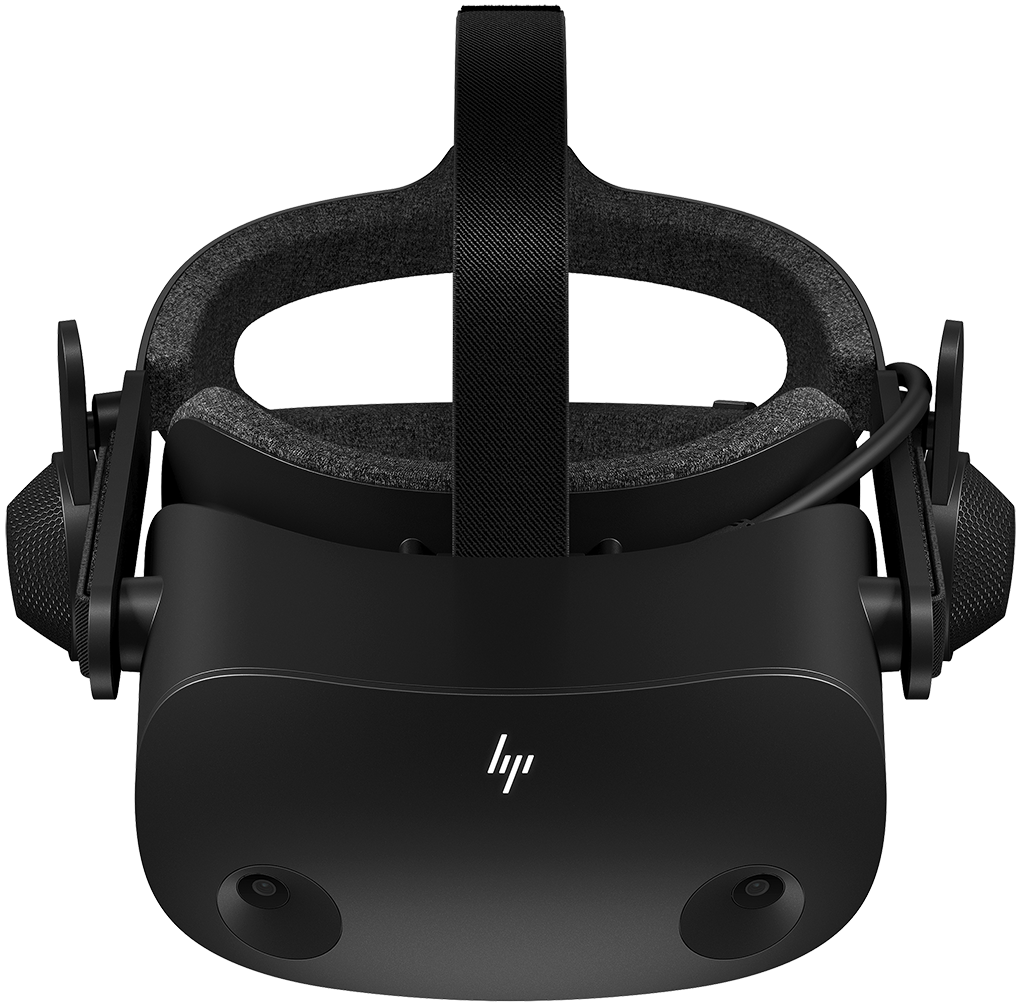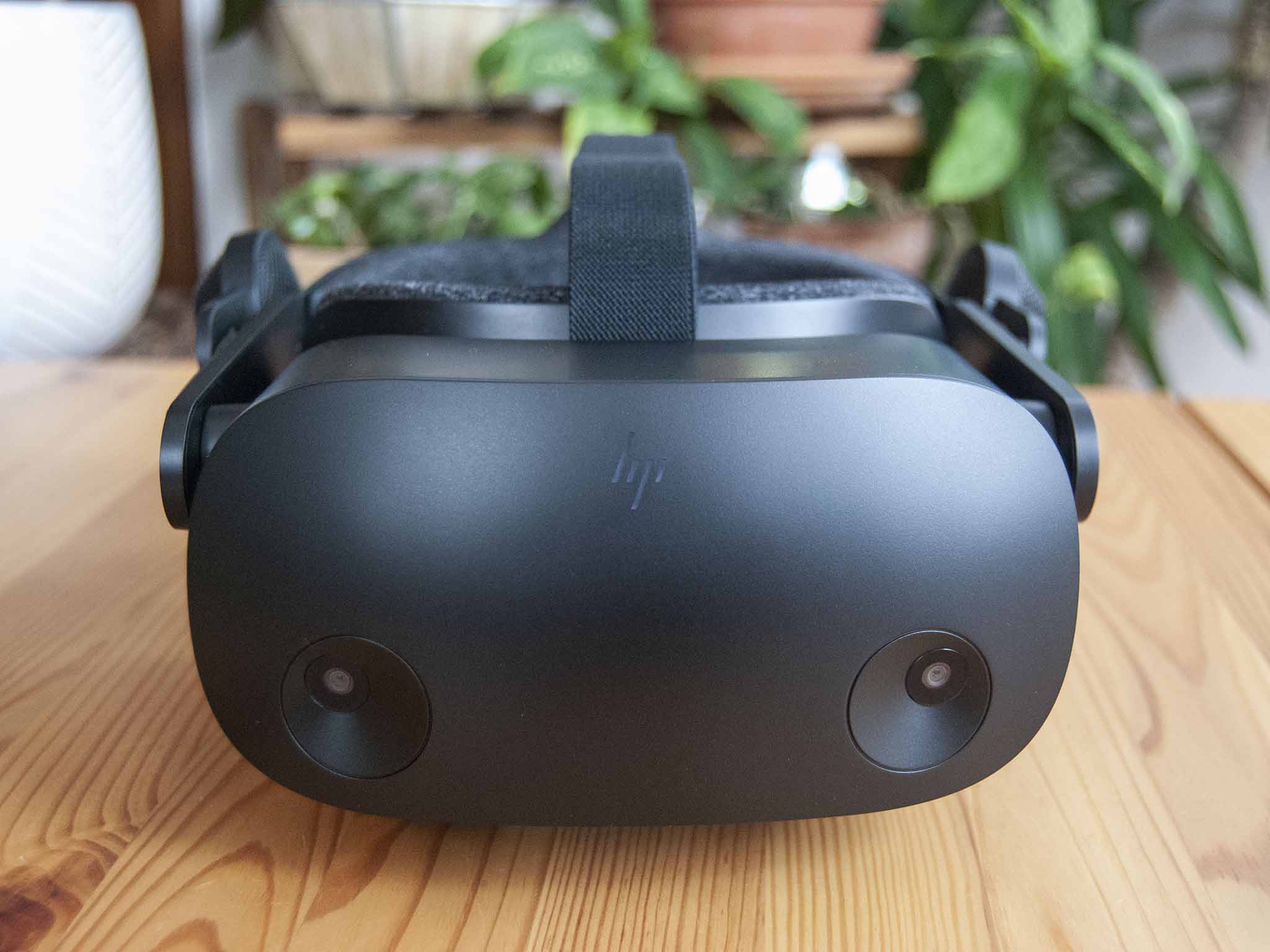
First teased March 2020 and now shipping to those who pre-ordered before September 24, HP's next-gen Reverb G2 VR headset is finally ready to take on the Valve Index, PC VR's other major system. The Reverb G2 was actually designed in collaboration with Valve, which provided lenses and speakers, among other things.
This headset falls under the umbrella of Windows Mixed Reality (WMR) — Microsoft's own platform — but HP makes it clear that this is a bonafide VR headset also compatible with SteamVR. It still features inside-out tracking (a prime feature of WMR), dual 2K displays, 90Hz refresh rate, and a comfortable fit, but there are many notable changes. While a deeper review is in the works, take a look at some of the new features as we unbox and go hands-on with the Reverb G2.
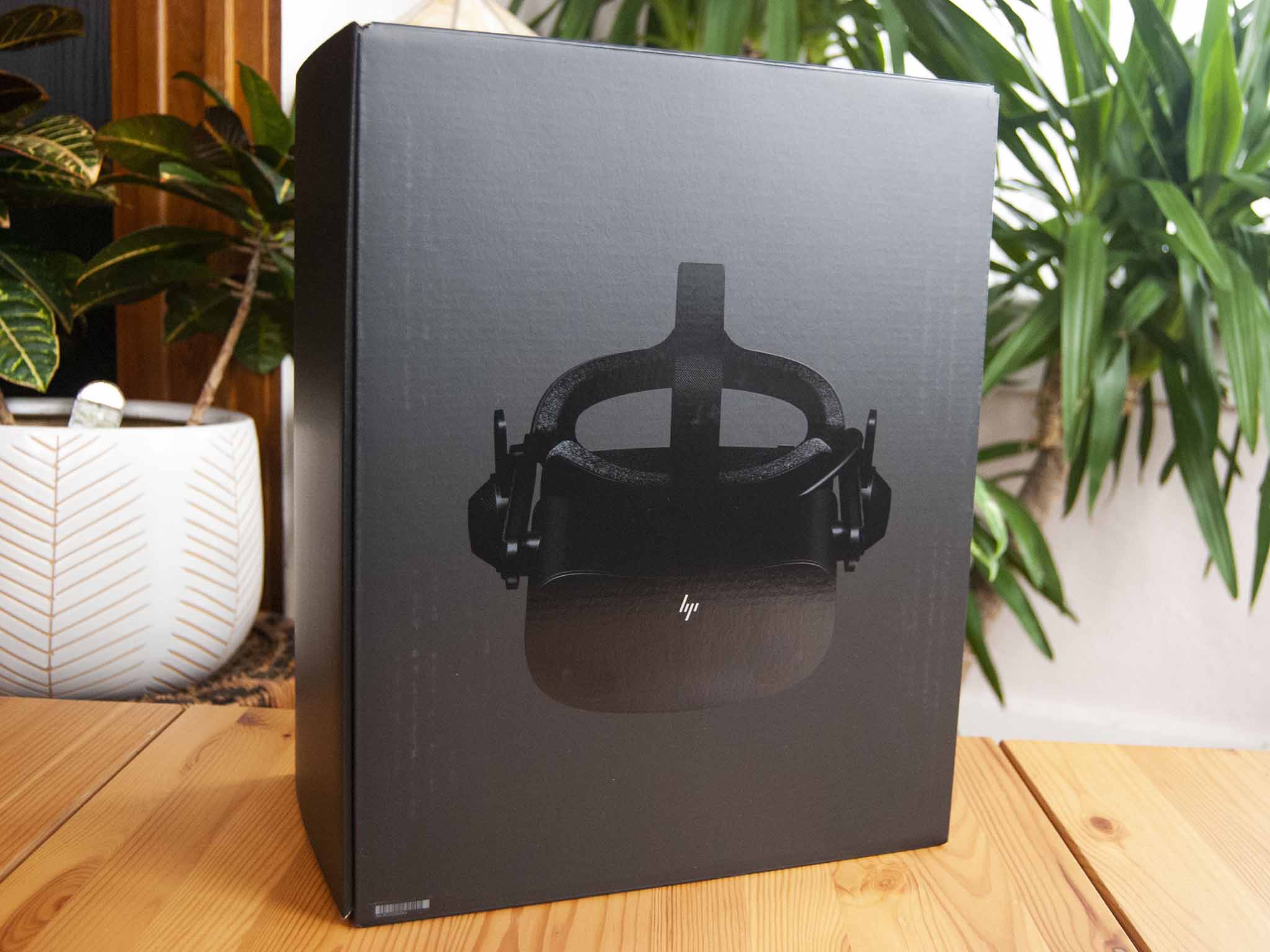
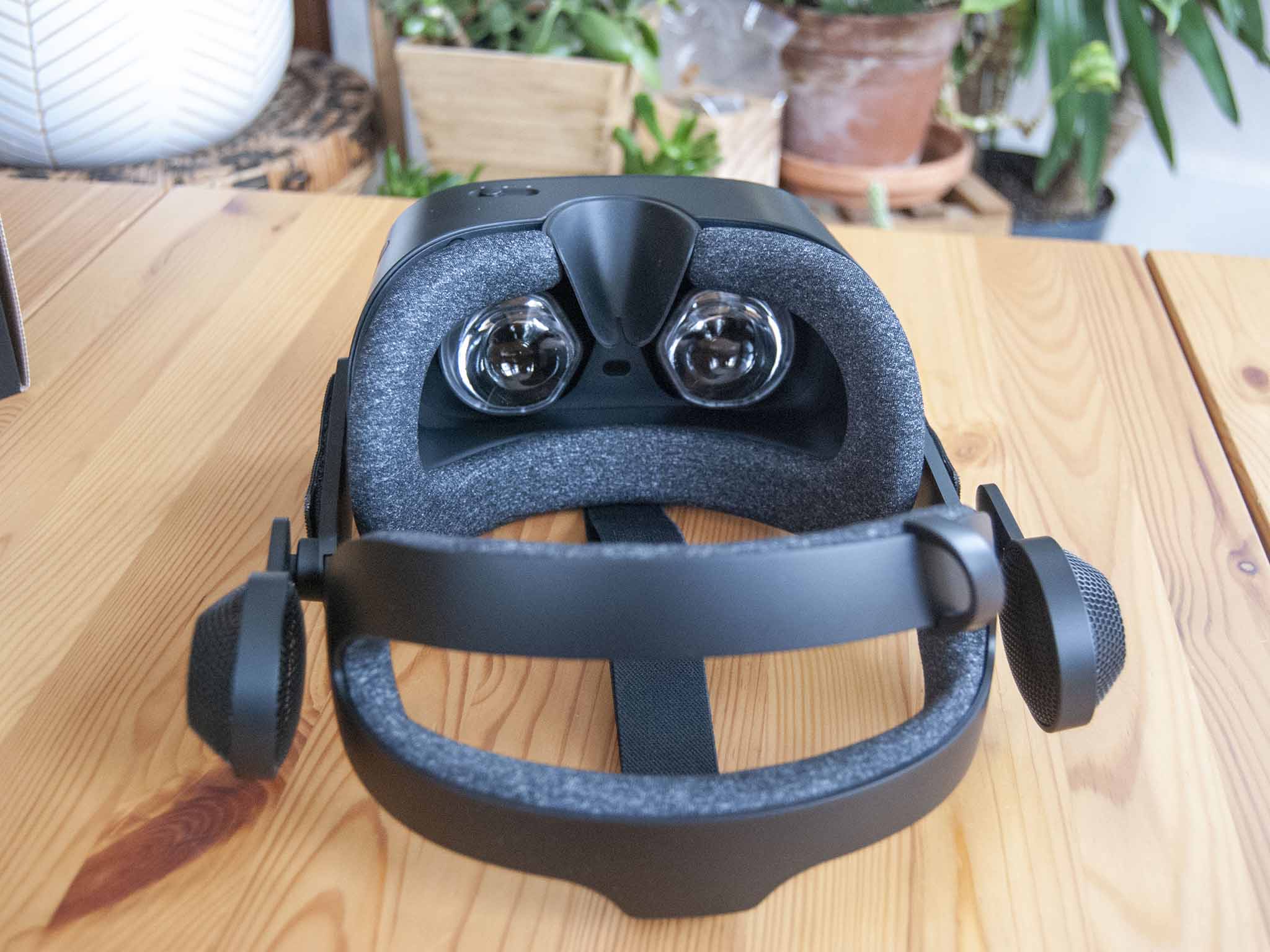
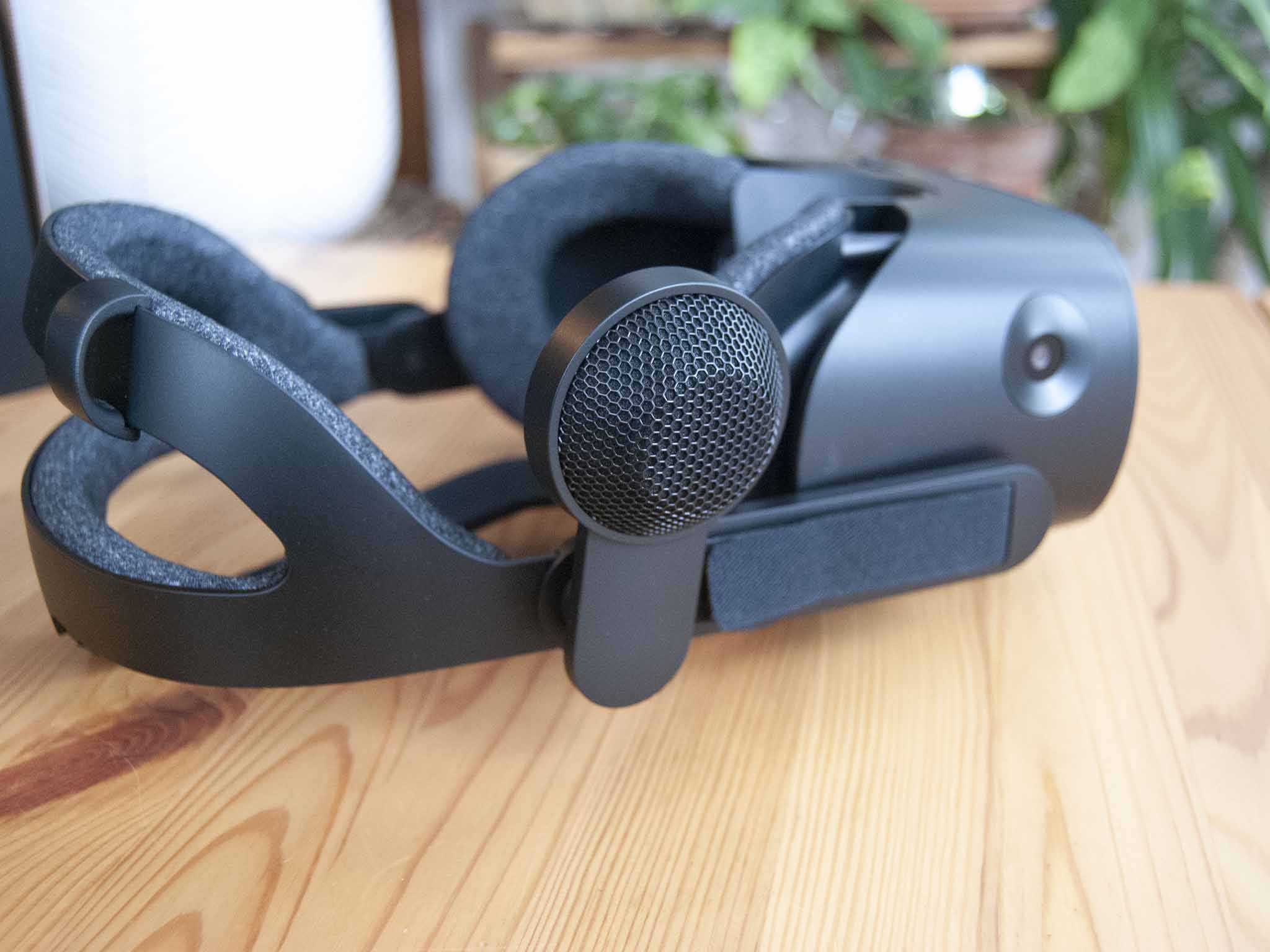
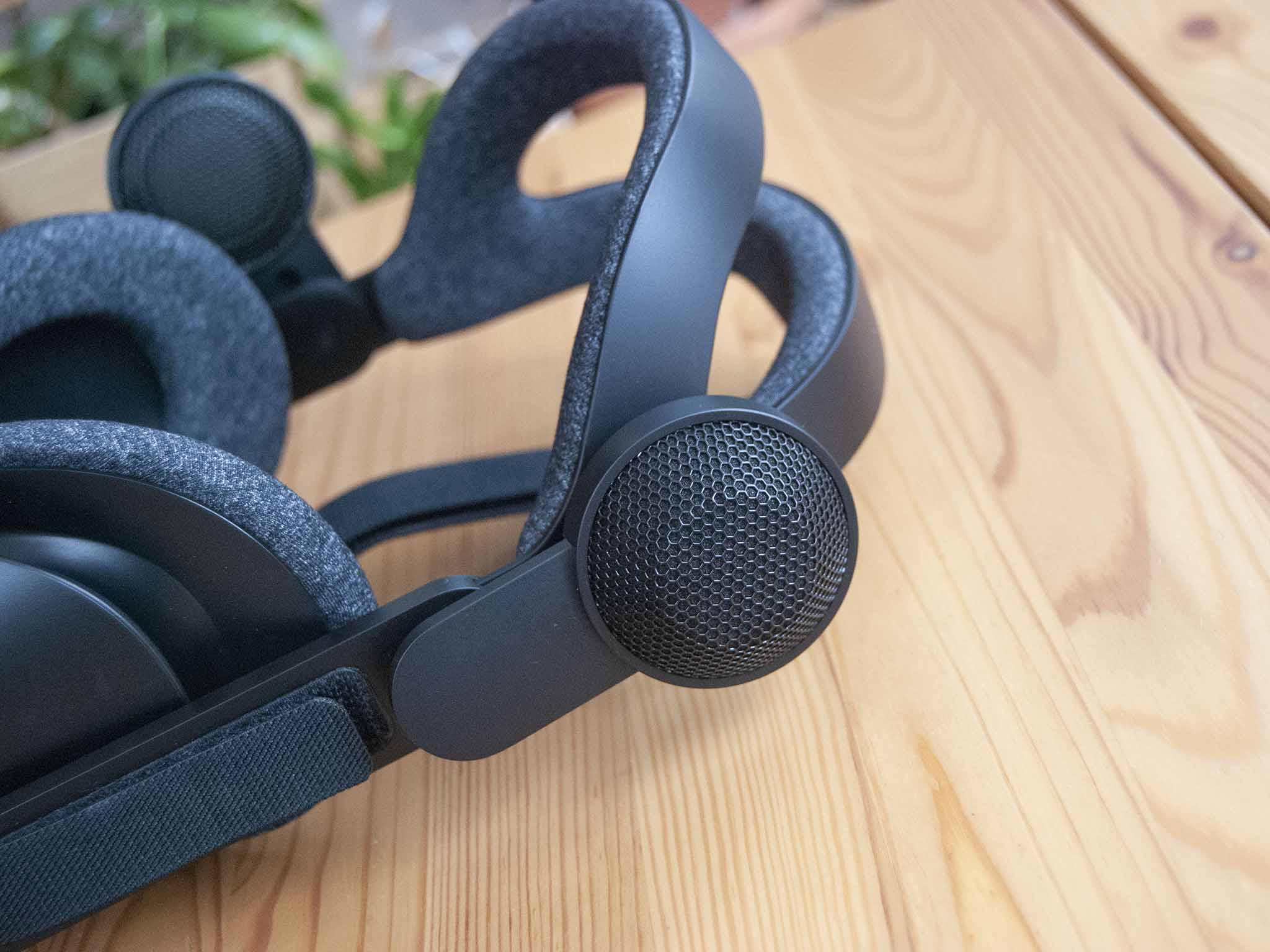
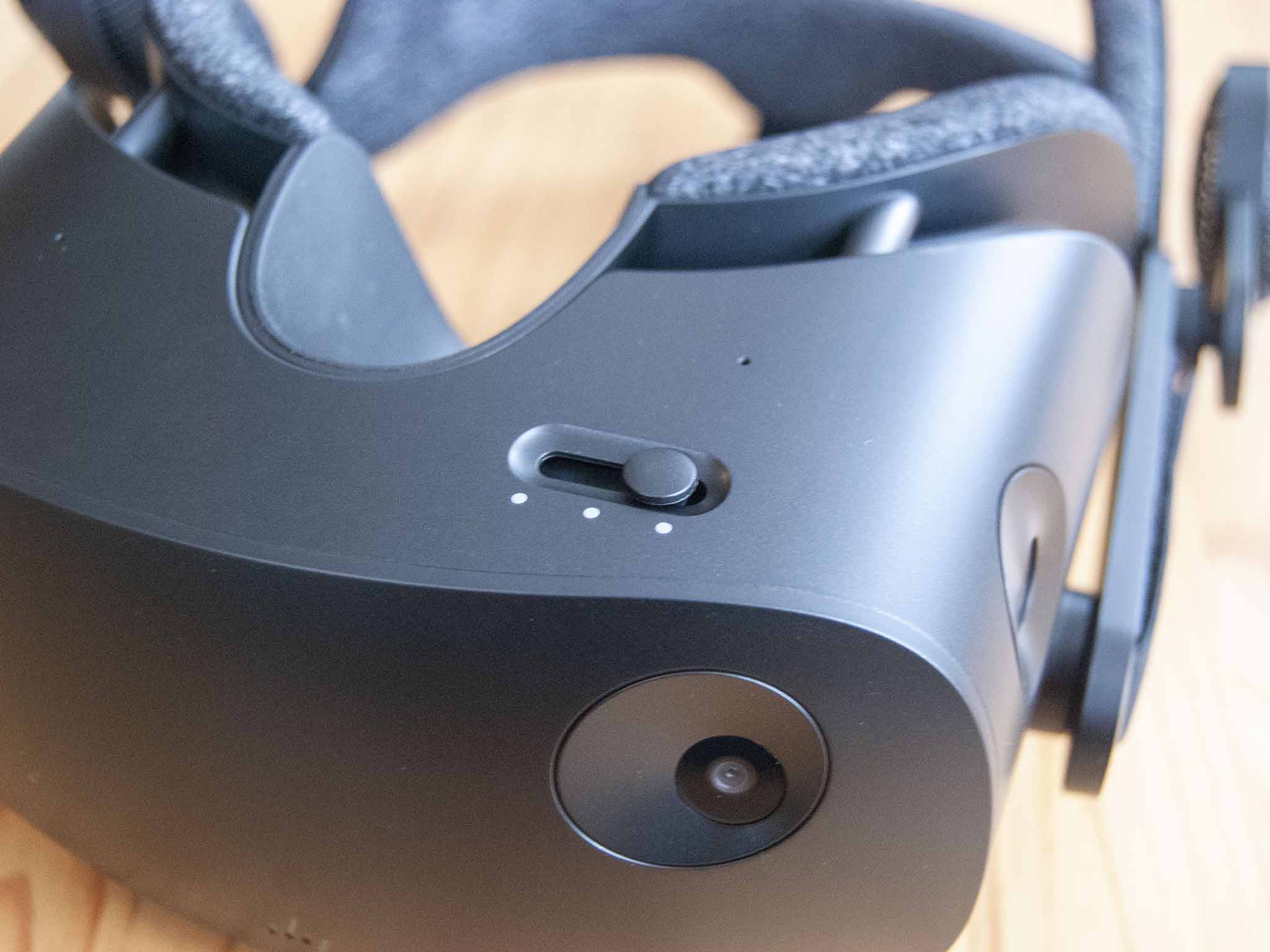
Compared to the original Reverb, HP set out to improve visual, auditory, and physical experiences. Since the displays were already set at 2160x2160 per eye in the Reverb (combined for 4320x2160), HP enlisted Valve to help design lenses that would offer better clarity and less mura (differences in color between pixels).
Bridging the gap between visuals and overall comfort is the addition of a manual slider for interpupillary distance (IPD). Whereas the first Reverb relied solely on software to manage slight IPD adjustments, users outside of the small range of eye alignment should now be able to get a perfect fit. HP has done away with the fabric exterior for the Reverb G2. Still, it has bolstered the face cushion to allow for better weight distribution and overall better comfort during long play sessions.
The entire face gasket can be removed, but the foam padding is glued to the plastic base. That means you're probably not going to want to toss it into the wash; some sort of cover would go far cutting down on grime. This is seriously thick padding, though, and the headset feels luxurious while worn. The display portion flips up 90 degrees — ideal if you need to see your surroundings for a quick second — but the Velcro fasteners don't seem to let it flip all the way up without loosening. I'll have to experiment further. At least wearing prescription frames doesn't seem to be an issue.
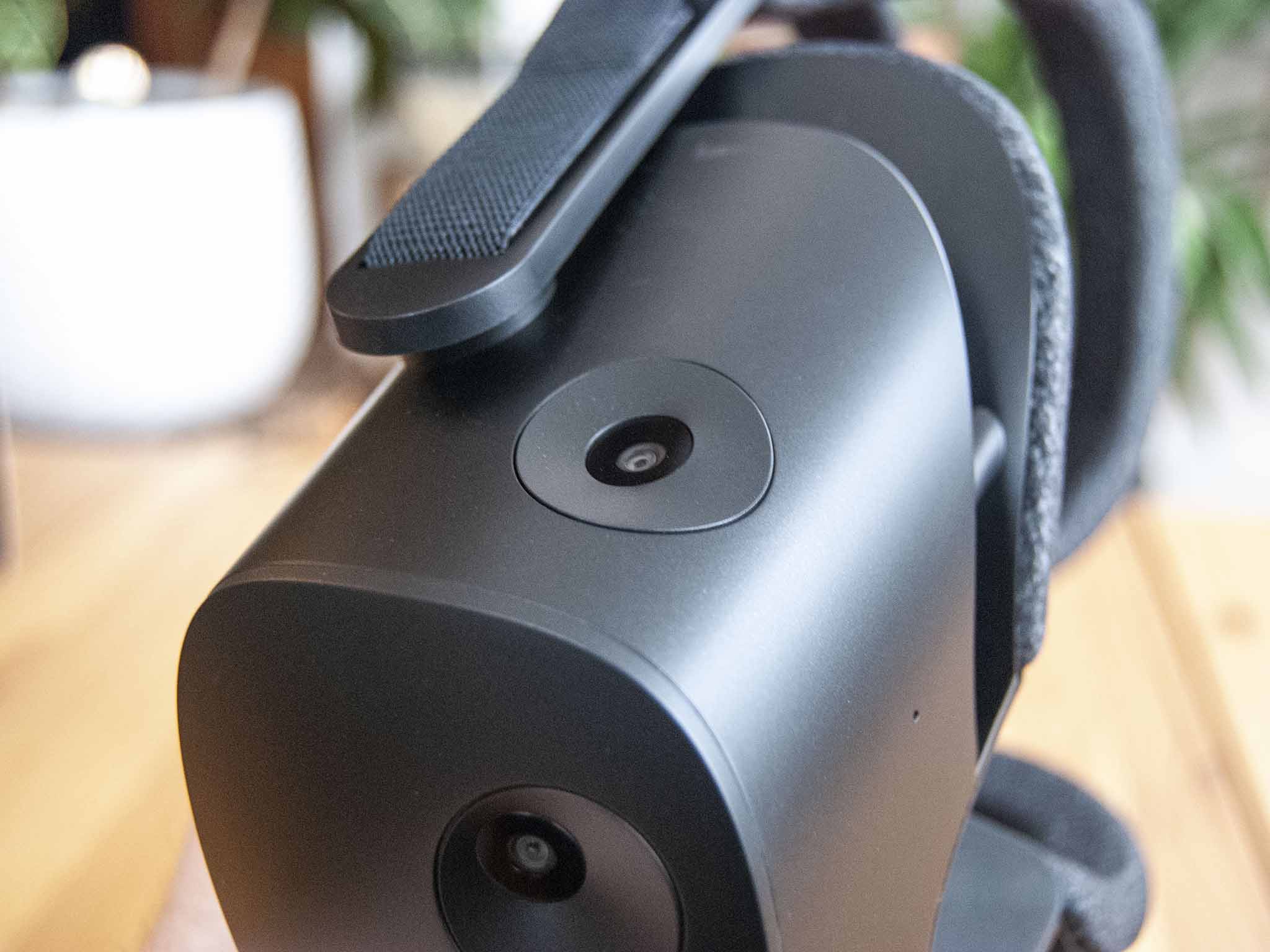
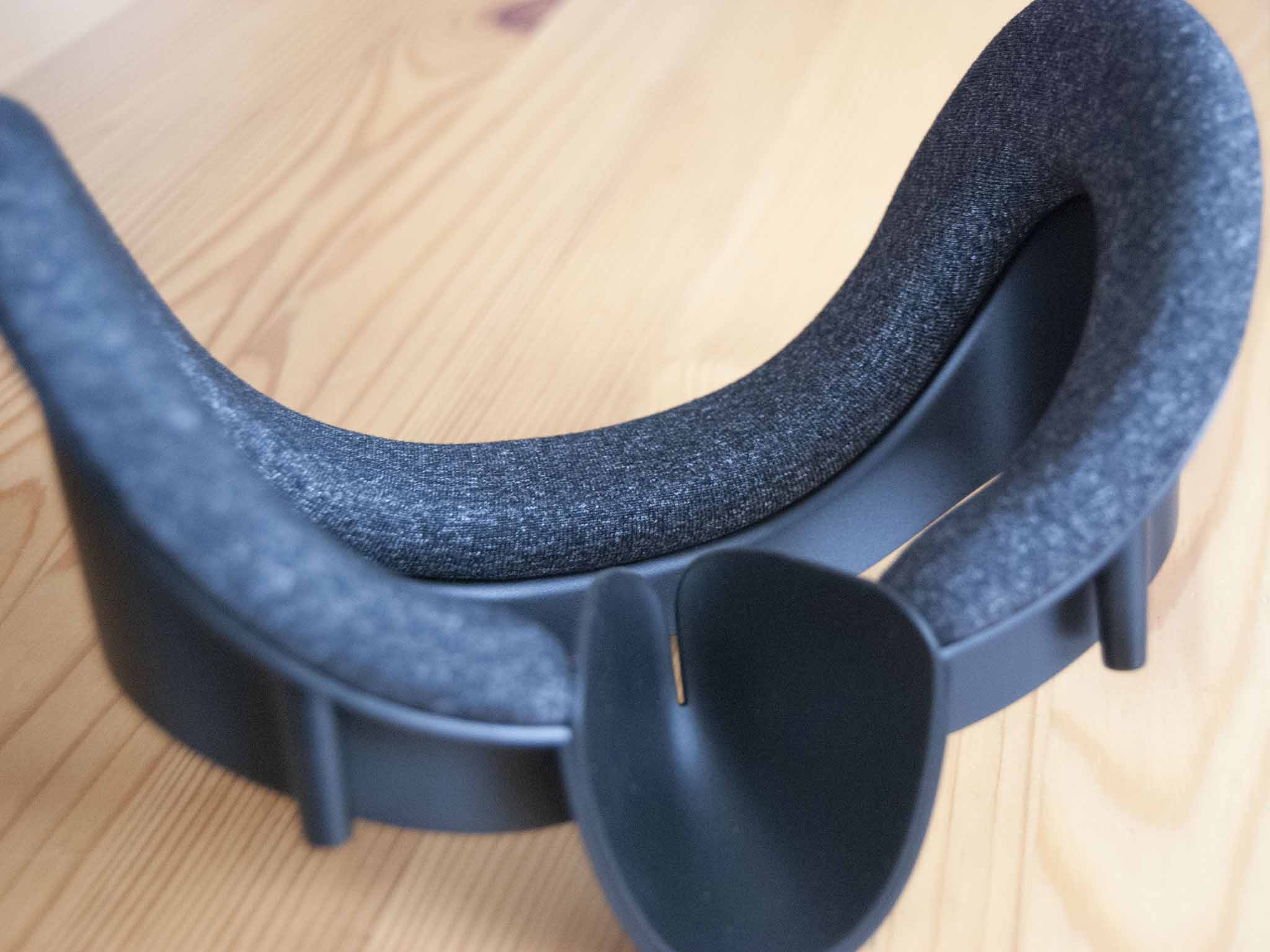
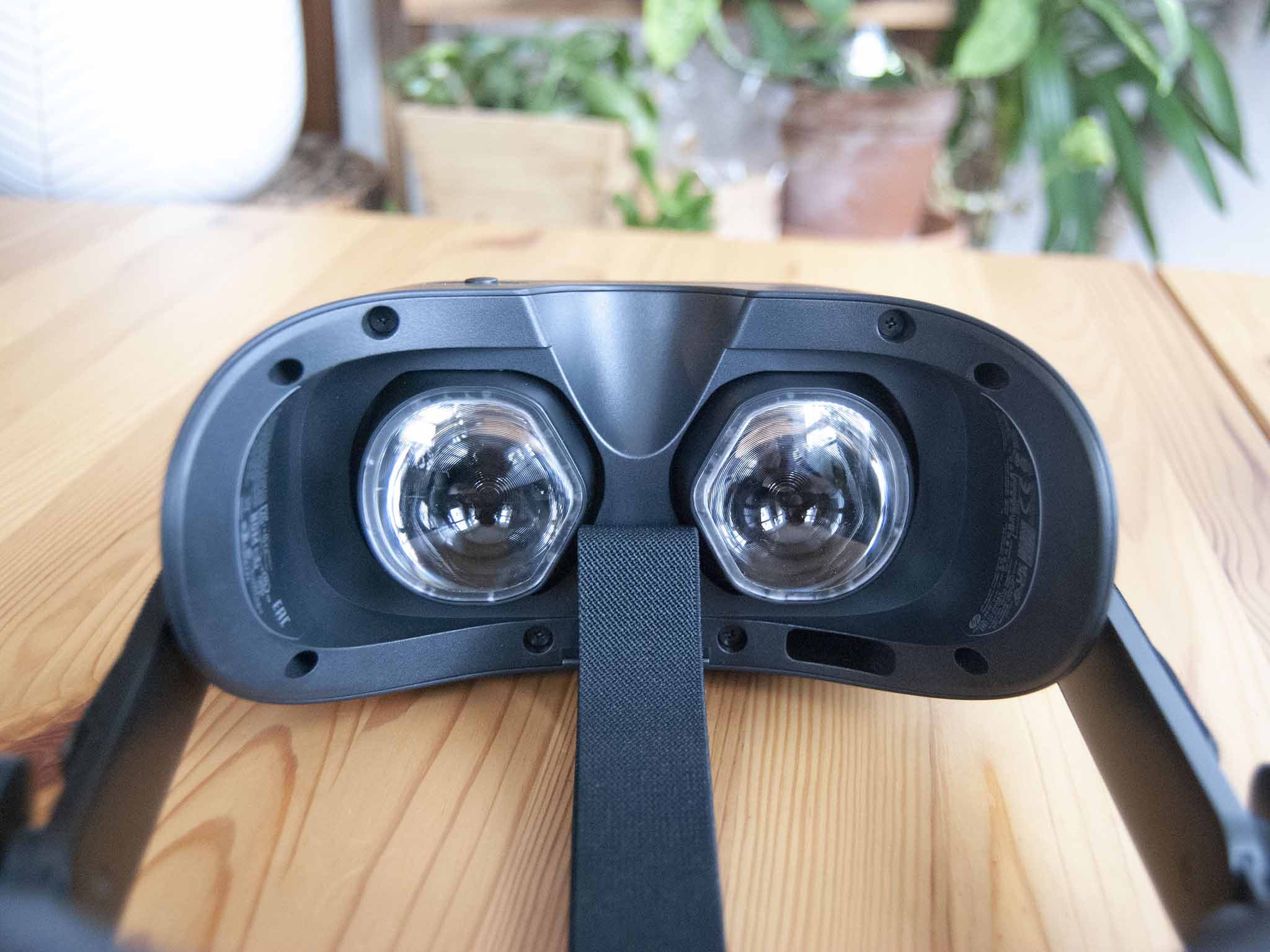
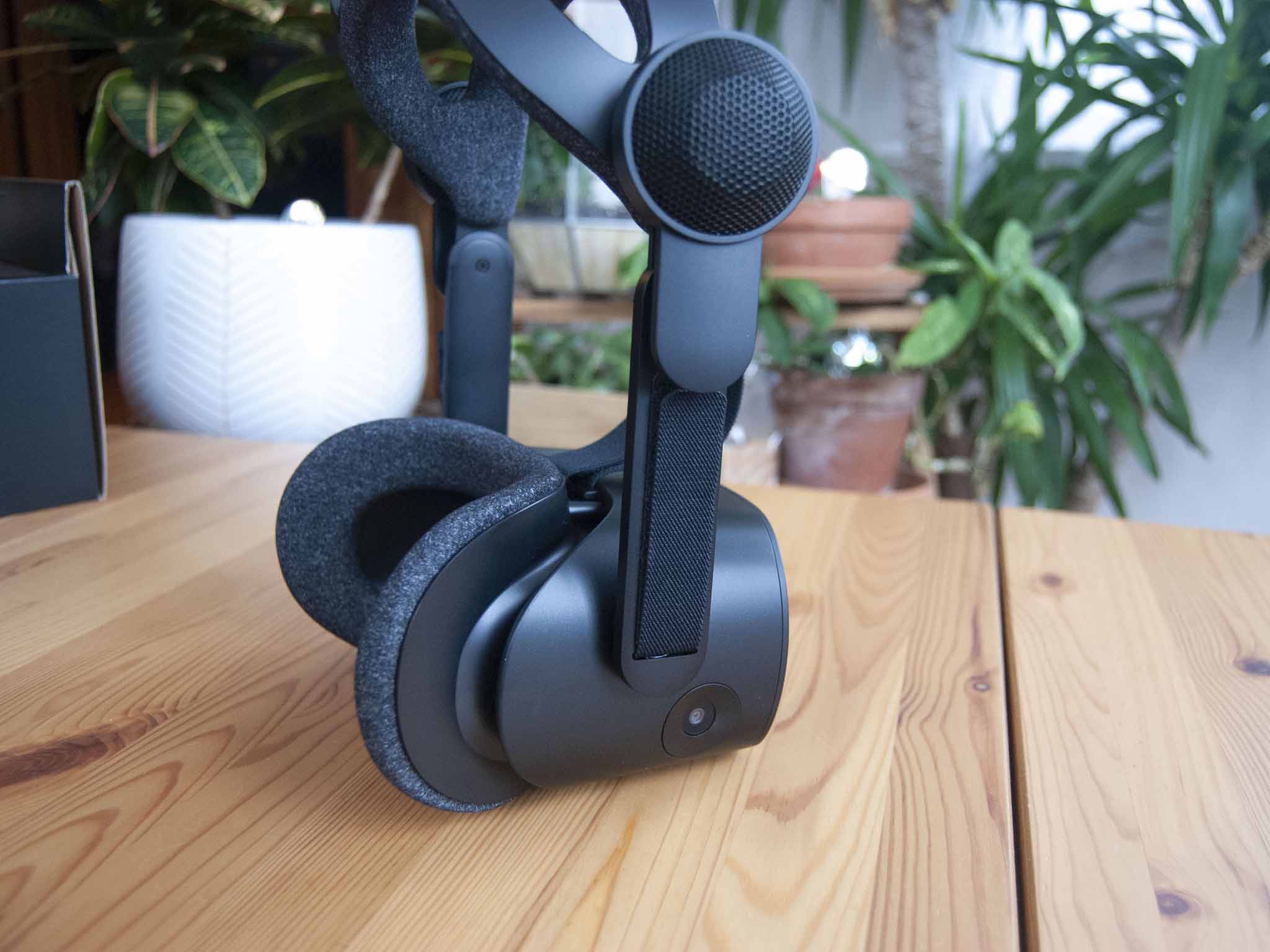
The headphones rotate up to sit out of the way, and they can be removed completely if you'd rather use your own audio solution. They're almost identical to those on the Valve Index, which makes sense considering the collaboration.
Redesigned WMR motion controllers come in the box, and they feel like a big step up over some of the previous controllers. For too long, I used the original controllers that came with first-gen headsets, so these seem like a completely different breed. They're far more rigid, and a bit of extra weight makes them feel more durable. The touchpad is gone, replaced by two buttons, and the joystick seems easier to reach.
Get the Windows Central Newsletter
All the latest news, reviews, and guides for Windows and Xbox diehards.
We'll have to see how much better tracking is now that the headset has four built-in cameras, but in any case, these controllers don't seem like they're going to make me pine for Oculus Touch. They each take two AA batteries and have a robust adjustable safety strap to fit around your wrist.
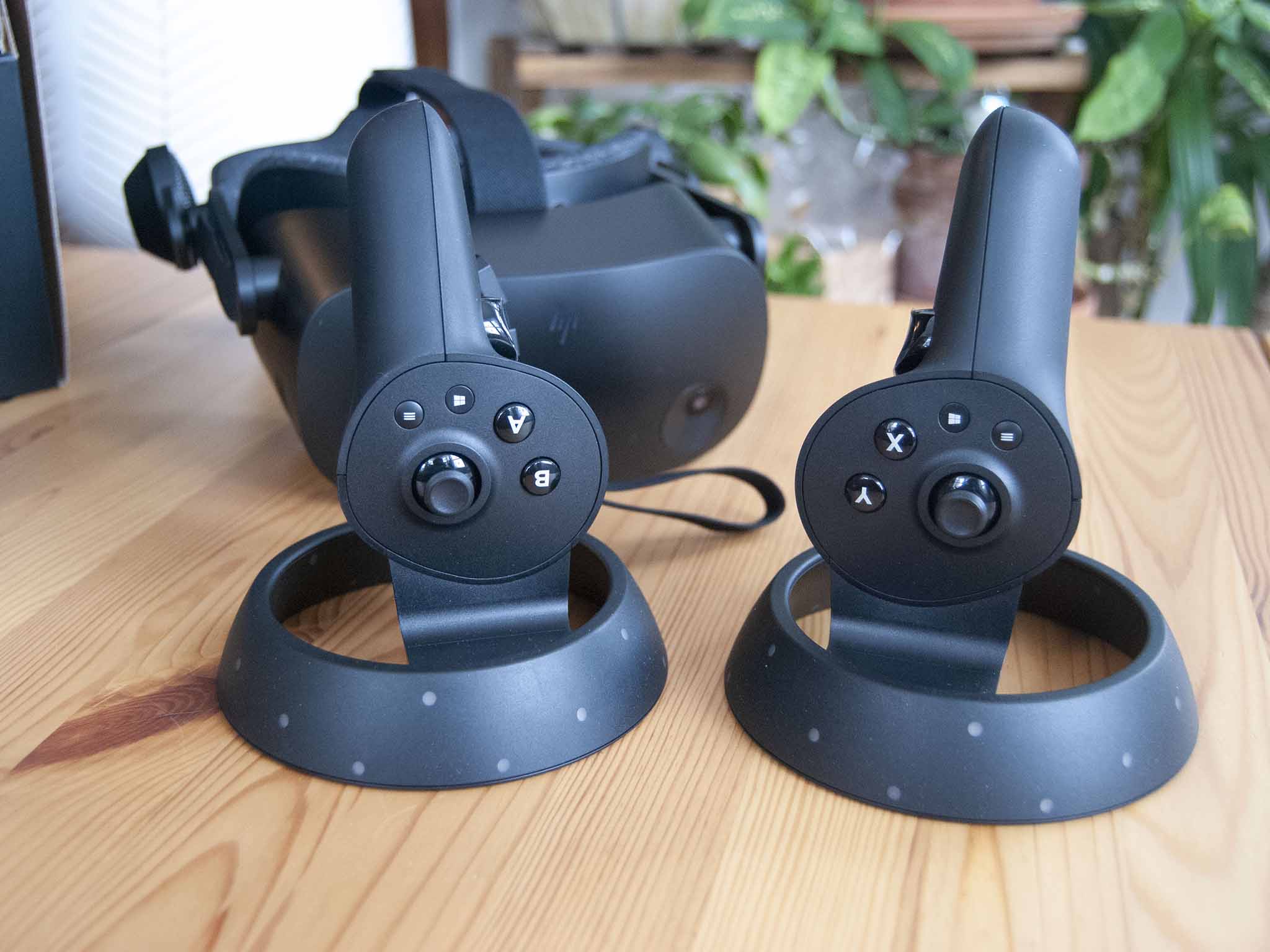
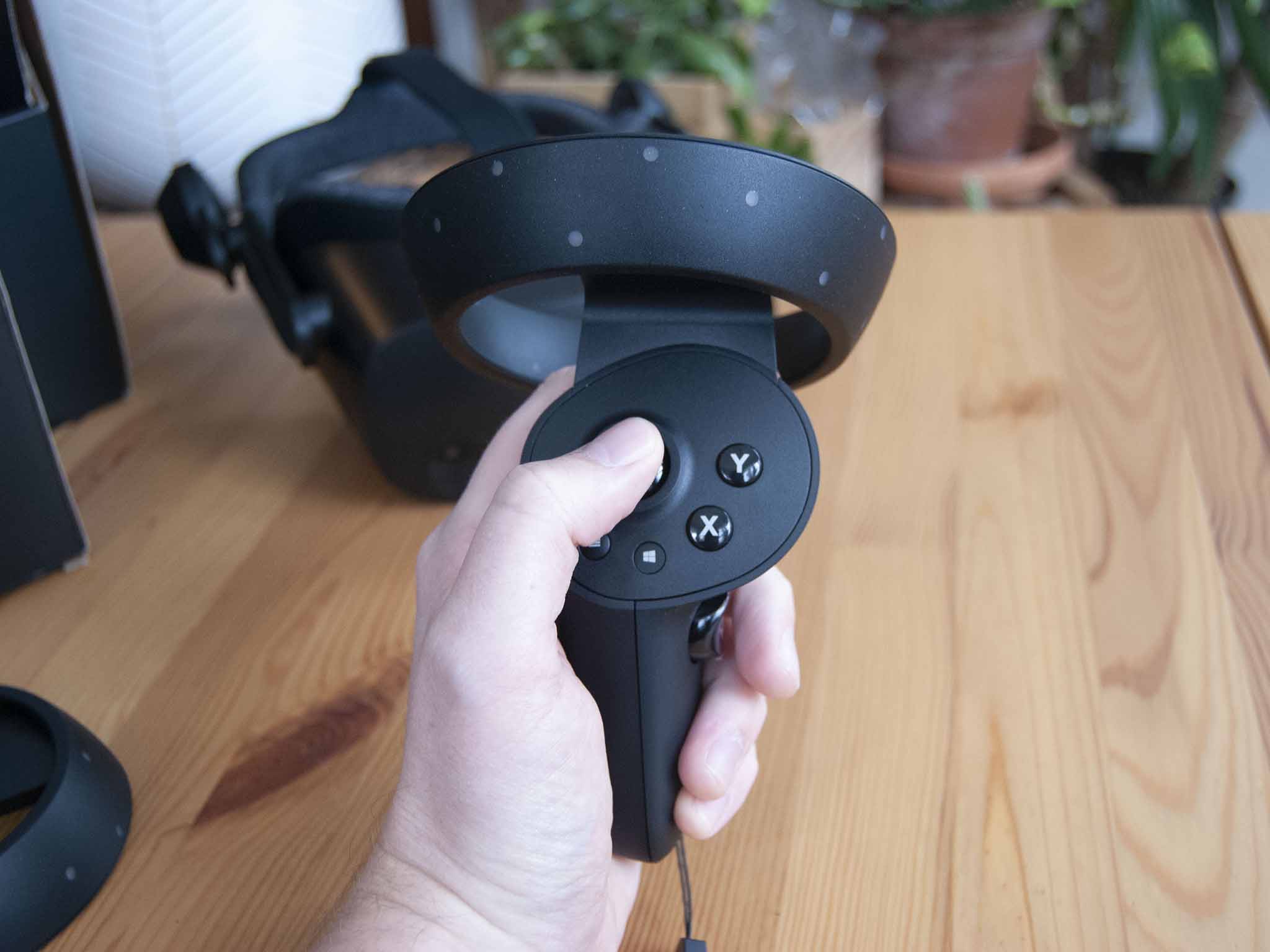
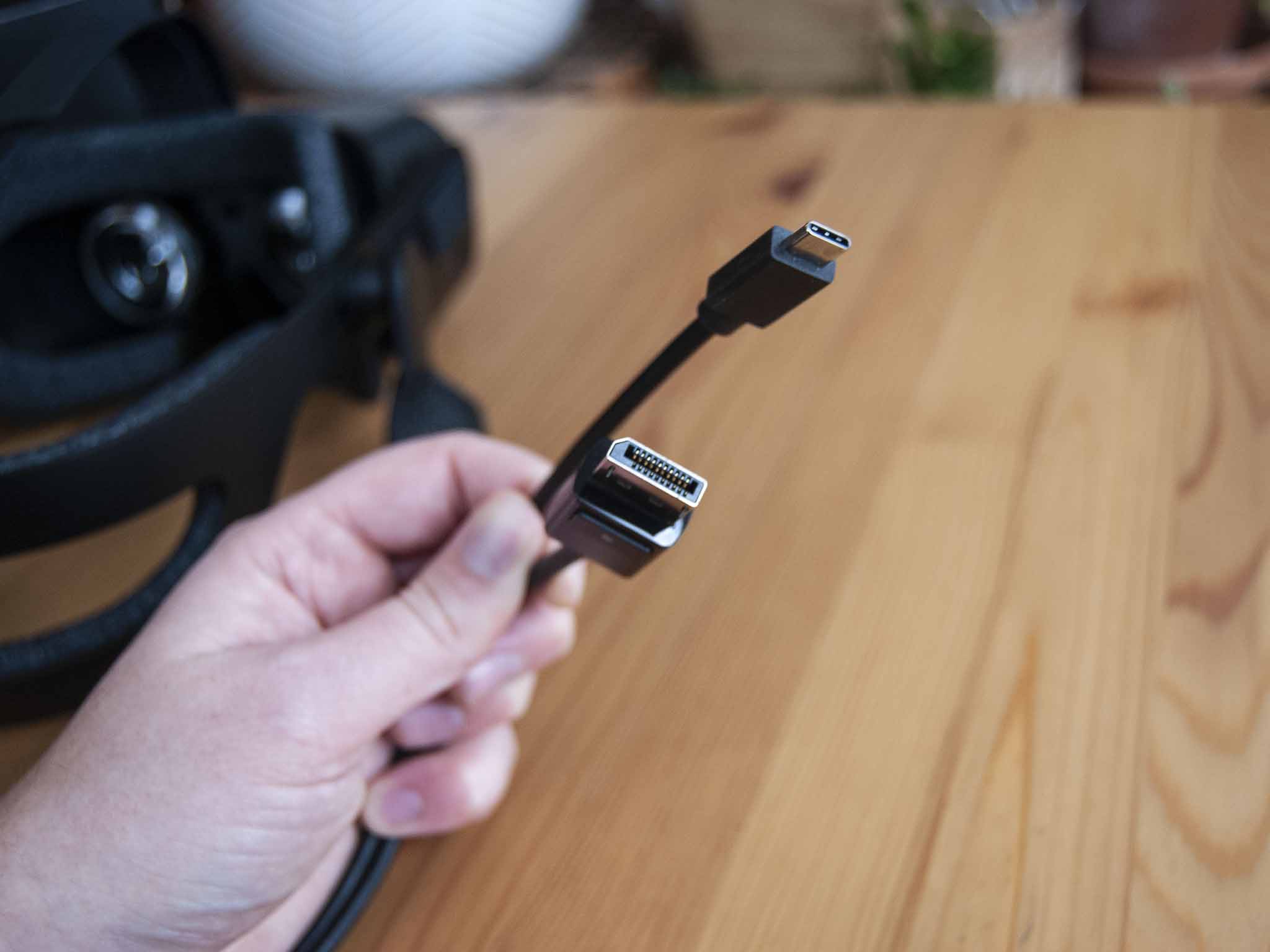
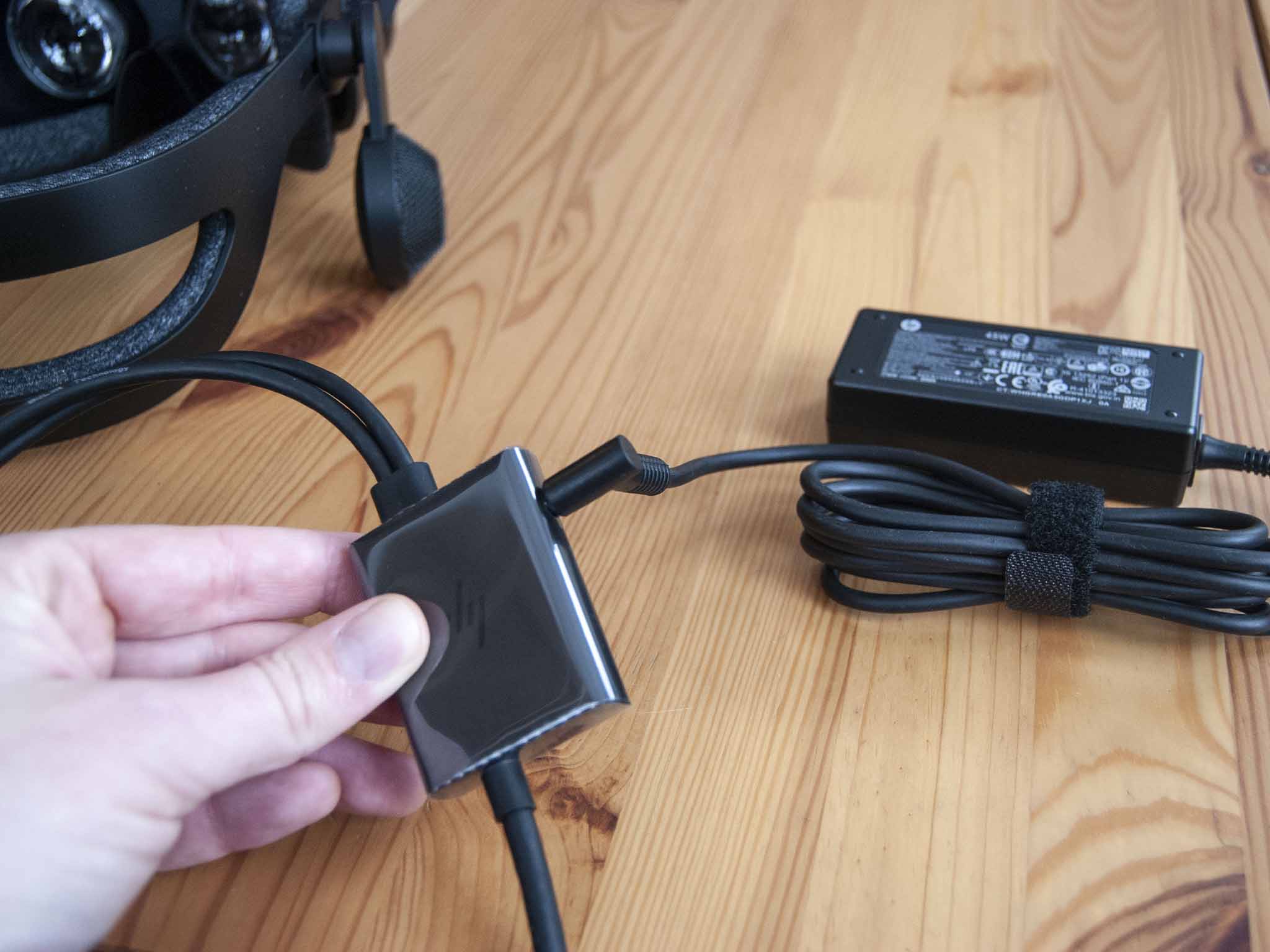
The tether cable is a single strand down to all but the final four feet. There a small connector splits the single cable into USB-C and DisplayPort ends that go into your PC. That small connector requires power from an included adapter. And fret not if your PC is lacking the modern ports; USB-C to USB-A and DisplayPort to Mini DisplayPort adapters are included in the box.
The cable feels rigid enough that it's not going to easily tangle, but not heavy enough to pull on the headset. It's also plenty long at almost 20 feet (6 meters), making it far easier to pull off something like an overhead cable suspension without investing in extra cables.
I'm excited to get into the real testing of this new VR headset soon. Performance, visual fidelity, and overall experience will be considered going into the full review, but first impressions are strong. It will be interesting to see if HP's claims of a new standard in VR are fully realized and if it can truly take on the best VR headsets out there.

Cale Hunt brings to Windows Central more than eight years of experience writing about laptops, PCs, accessories, games, and beyond. If it runs Windows or in some way complements the hardware, there’s a good chance he knows about it, has written about it, or is already busy testing it.
